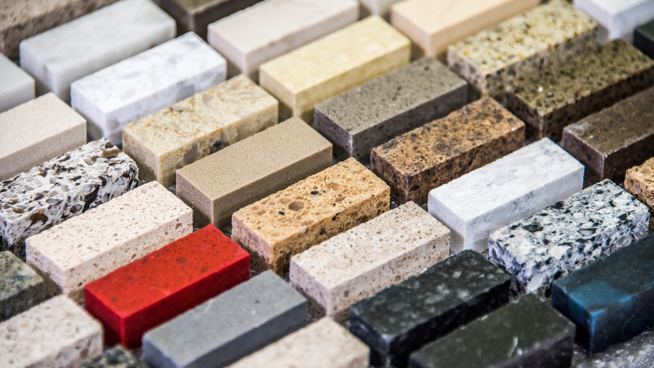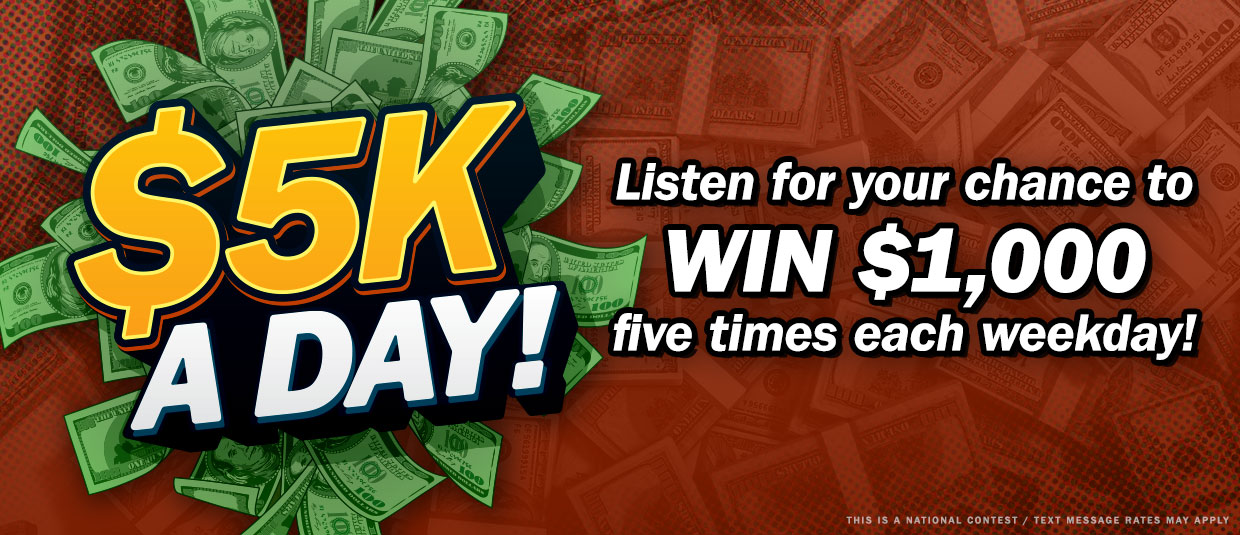
From The Detroit News | By Ken Calverley and Chuck Breidenstein
DETROIT, Feb. 29, 2023 ~ What choices do you have when it comes time to replace those countertops?
For the past decade or so, granite has been the go-to product. A lot of local shops purchased the necessary equipment to fabricate custom slabs and the supply chain issues contributed to make it an achievable luxury for many.
Each natural slab is unique in all the world, so installation of this material really does create a one-of-a-kind accent piece that can add visual weight, color, and texture to a space.
It is durable, heat resistant and requires little maintenance other than cleaning and sealing although many are caught off guard by setting a very hot pan on a cool slab, which can result in thermal shock cracking of the top.
PODCAST:
Mar. 3, 2024 ~ Chuck “The Inside Guy” Breidenstein and Ken “The Outside Guy” Calverly offer the knowledge and resources you need to make the home of your dreams a reality.
(CONTINUED)
Depending on the color and pattern chosen, granite may date a room, so some designers suggest staying with basic neutrals and picking up your color accents with other materials that are more easily and economically switched out.
Solid surface tops can add value to a property and speed up the sale if they are attractive.
Another consideration is whether you actually enjoy a lot of food prep and cooking.
For some of us, the kitchen is a social room where prepared foods may simply be warmed up.
If you do a lot of dicing and cutting, you may want a portion of the tops to be butcher block or stainless steel where actual daily use can create a bit of character on the surface.
Quartz is gaining in popularity as well. Much of it is engineered, so you can get virtually any color as it can be dyed, and it is mixed with resins that give it great durability, heat and staining resistance.
The natural version of this is quartzite, which is more stain resistant than granite.
Quartz products hide seams well due to less unique and more frequently repeated patterns. They also accept a wide variety of edge treatment, are less susceptible to thermal shock and, because they are slightly softer than granite, are less likely to crack.
Soapstone is gaining in popularity. It is comparatively soft because it contains talc, and you either love or hate the final look or patina it takes on after several months. It is very resistant to staining and heat, though it may scratch or chip with relative ease.
It can be treated with mineral oil to maintain its look over time.
One of the original popular hard surface brands is Corian, though today a very similar product is marketed under a variety of names. It is typically acrylic polymer mixed with minerals and a stone material to create nearly infinite options regarding color and pattern. It is easily shaped and highly stain resistant but does not tolerate heat well at all.
The seams are virtually invisible, so it appears as a monolithic slab when installed.
Because it is manufactured in thin sheets, it allows for back lighting through the translucent material in certain applications and a new innovation called the charging surface allows for portable devices to be charged by simply placing them on the top.
A surface that once dominated the market, but lost market share to the solid surface products we mentioned, is plastic laminate.
Commonly referred to as Formica, it still accounts for nearly 75% of the market.
While there are many different brands including Nevamar and Wilsonart, the basic product is composed primarily of thin layers of paper with a melamine top surface.
It is watertight and easily maintained with a few caveats. It can be scratched or burned if care is not taken.
Laminates are available in a myriad of colors, patterns and textures and offer a variety of edge treatments; all at a lower cost than typical solid surface materials.
Keep in mind additional surface choices include custom concrete, ceramic, marble, porcelain and various solid woods and metals, including copper.
Most all these products are priced per square foot, ranging from a low of around $60 to several hundred just for the material. Other issues that may affect cost include length and number of seams and openings, color or pattern chosen, drainage board options, and type of edge treatment.
Despite the many DIY videos available to any novice, these installations should be left to the professionals like those you can find every day at InsideOutsideGuys.com.
**
For more advice, listen to “The Inside Outside Guys” every Saturday and Sunday on 760 WJR from 10 a.m. to noon or contact them at InsideOutsideGuys.com.
96.3 WDVD TOP STORIES:








